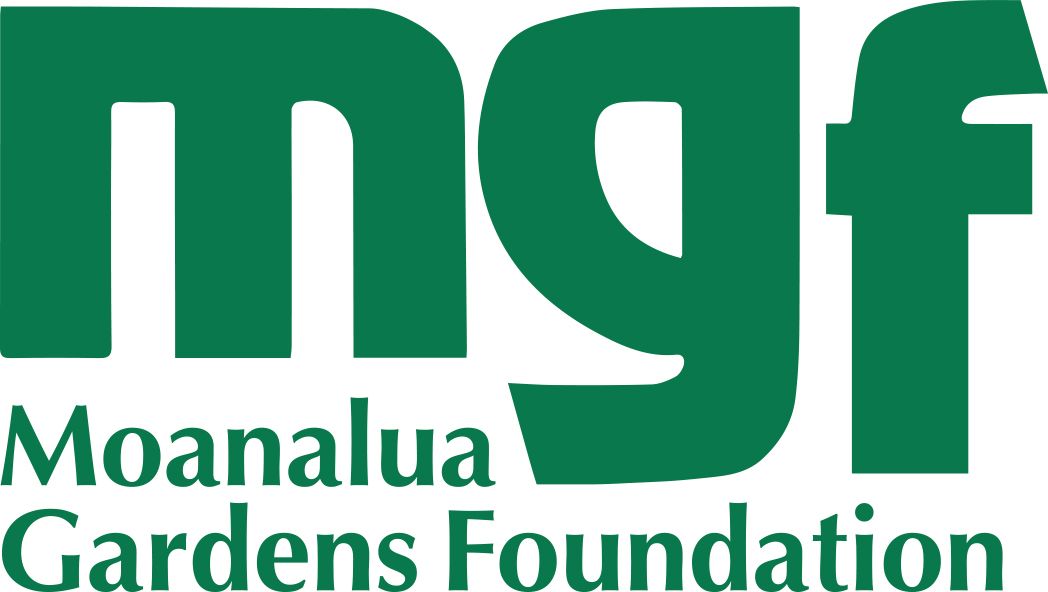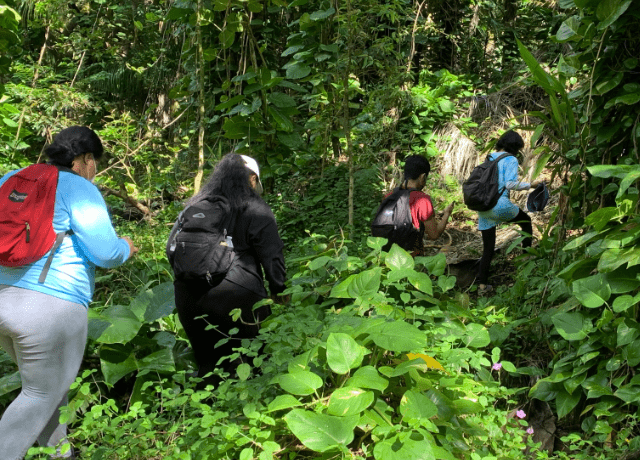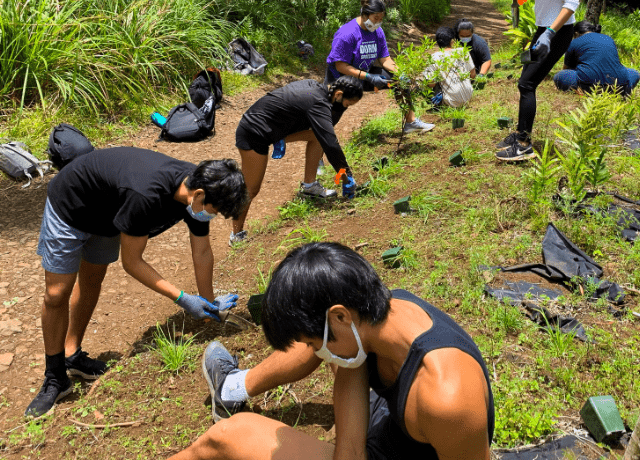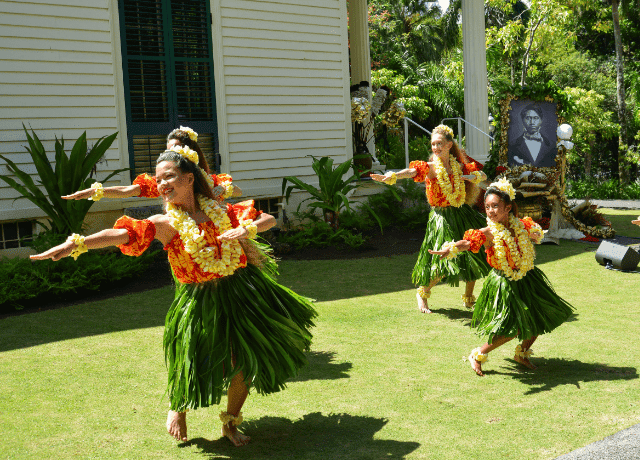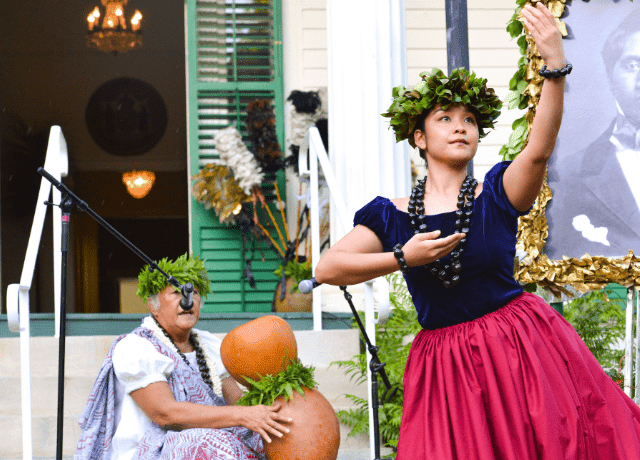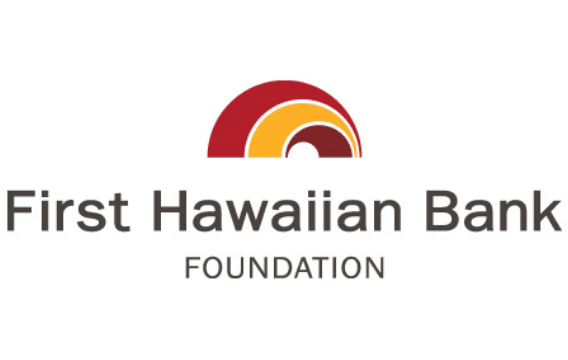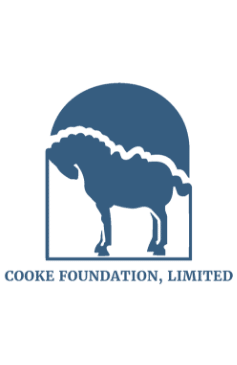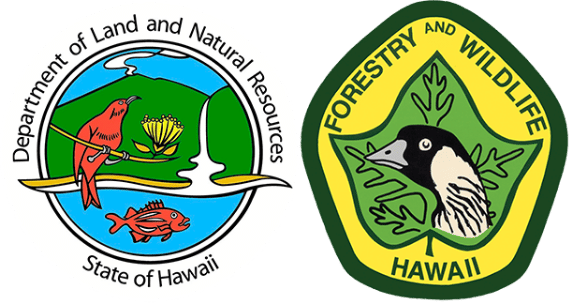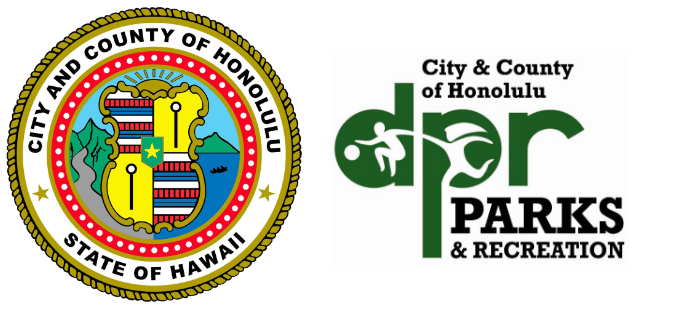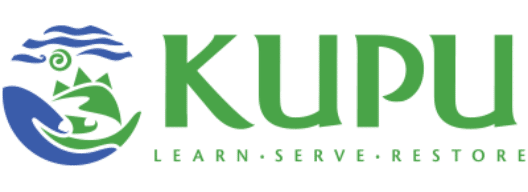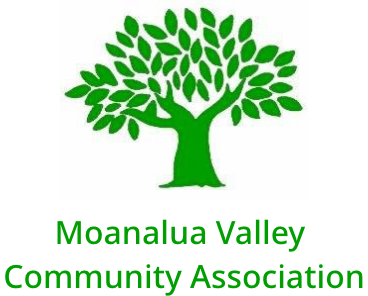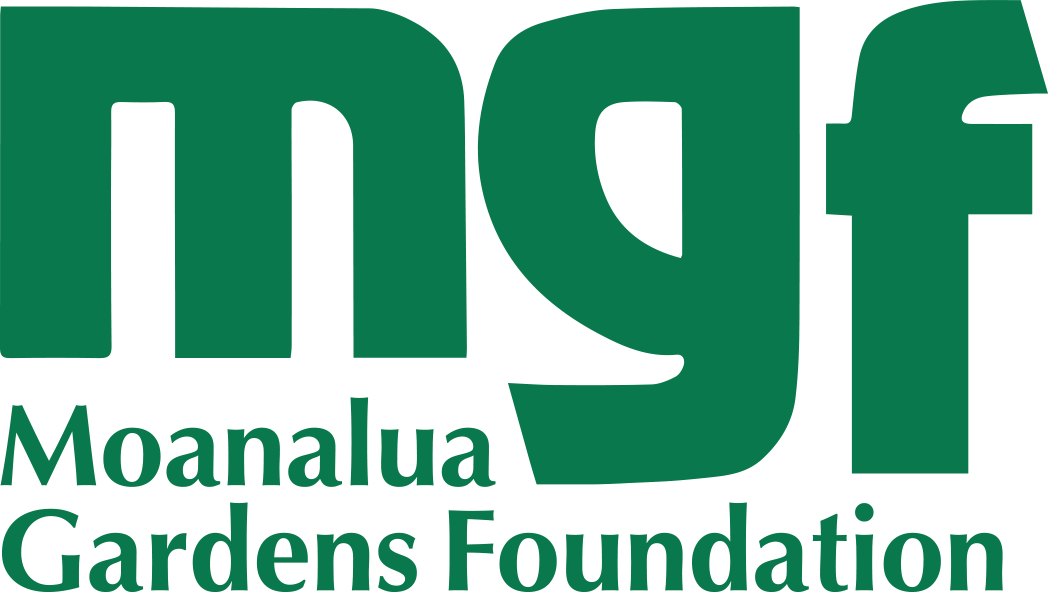- Who We Are
- Education
Education
For over five decades, MGF has pioneered environmental education programs that help students understand and appreciate the history and cultural significance of Kamananui Valley.
- Prince Lot
Prince Lot Hula Festival
Since 1978 on the third weekend in July, the annual Prince Lot Hula Festival has brought together premier Hālau Hula (hula groups) from throughout the islands for a celebration of hula in a non-competitive setting.
- Library
- Shop
- Sign In/Up
- Who We Are
- Education
Education
For over five decades, MGF has pioneered environmental education programs that help students understand and appreciate the history and cultural significance of Kamananui Valley.
- Prince Lot
Prince Lot Hula Festival
Since 1978 on the third weekend in July, the annual Prince Lot Hula Festival has brought together premier Hālau Hula (hula groups) from throughout the islands for a celebration of hula in a non-competitive setting.
- Library
- Shop
- Sign In/Up
